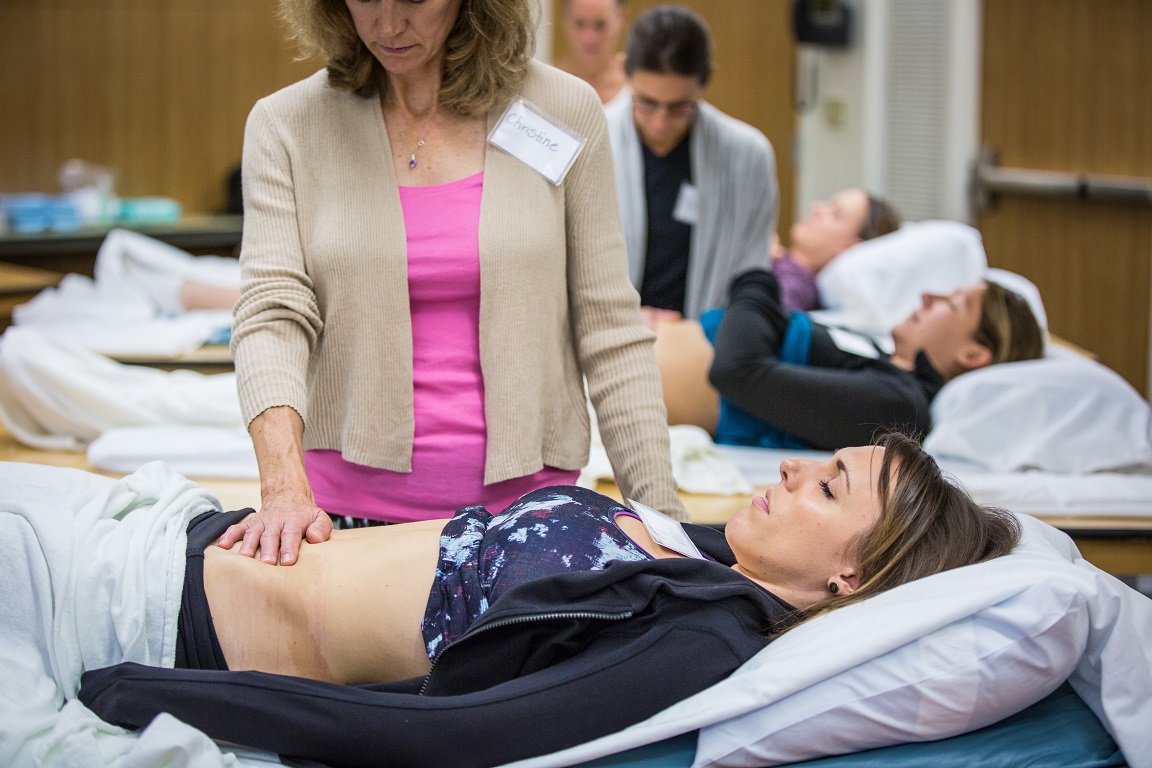AHRQ Comparative Effectiveness Reviews for Female Incontinence and Pelvic Pain
The Agency for Healthcare Research and Quality (AHRQ) Julyfeature story is one of hope for improving care for women who suffer from issues of urinary incontinence or pelvic pain. The AHRQ publishes reviews of literature on various topics and then prepares documents for both the clinician and the consumer summarizing the findings of the research. Reviews pertaining to female urinary incontinence and female pelvic pain were updated this year, and the evidence, according the the summaries, is encouraging of pelvic rehabilitation therapies as opposed to medications and surgical approaches.
The AHRQ is the research arm of the US Department of Health and Human Services, looking at issues within health care quality, costs, outcomes, and patient safety. In preparing the evidence summary for urinary incontinence, 889 research articles were reviewed. The report states that 25% of young women, 44-57% of middle-aged and postmenopausal women, and 75% of older women in nursing homes report urinary incontinence (UI). Age, pregnancy, childbirth, menopause, hysterectomy, and obesity are all recognized as risk factors for UI, and when we consider how many women within our patient populations (or community populations) present with such risk factors, we can begin to understand the scope of the problem. The report notes that pelvic floor muscle training (PFMT) alone is as effective for stress and mixed UI as when adding biofeedback, bladder training, or electrical stimulation. For urgency UI, bladder training alone is as effective as bladder training with PMFT. Also according to the report, 19.5 billion dollars annually are spent for treatment of UI. To access the clinician summary regarding the non-surgical treatments for urinary incontinence, click here, for the patient summary, click here. The patient, or "consumer" file is also available in an audio version on the AHRQ website.
In the March 2012 research activity update, the AHRQ issued a statement that evidence is lacking to support surgery for pelvic pain. Based on the review of pelvic pain treatment options, there is a recommendation for further studies not only related to surgery, but also for conservative options for treating pelvic pain. In the comparative effectiveness review summary for patients, that can be accessed here, it is recognized that irritable bowel syndrome, endometriosis, painful bladder, tense pelvic floor muscles, or scar tissue can all create pelvic pain. It is also noted that a provider may refer a patient for physical therapy. In the clinician summary of the effectiveness review it is stated that there is not enough evidence to conclude that pelvic muscle therapy is effective for treating pelvic pain. This leads us to a common conclusion in health care: we need more clinical research that helps us answer questions about effective approaches for treating pelvic pain.
If you are interested in creating an opportunity to participate in clinical research, contact a local university physical therapy program to inquire about options. If you feel that you lacked training in research methods or concepts of evidence-based medicine, try taking a local or on-line course in one of the above topics. You do not need to be enrolled in any particular program to take a course, and you may even be able to audit a class if you contact a nearby educational facility.
The value of being aware of these documents created by the AHRQ is that we are often in a role of educating patients about treatment options. It is important that we represent the accuracy of the research as evaluated by government committees, and stay abreast of updates and additions to the body of knowledge. It is also helpful to direct patients to these websites when we know our patients are able to further empower their own lives by having more information.
By accepting you will be accessing a service provided by a third-party external to https://www.hermanwallace.com/





































